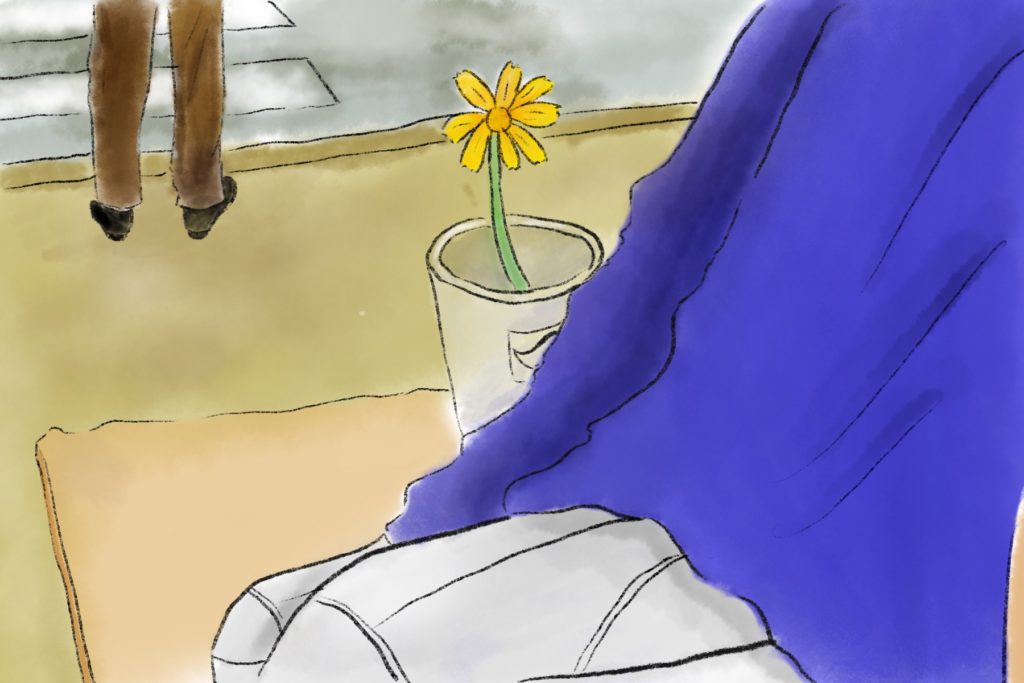
At the age of fifteen, I came to America with a picture of a country that was shaped by every single Hollywood movie I had watched with my mom back in Hong Kong. I fantasized about the huge houses that line the clean, spacious streets where people would ride their bicycles. But the first thing that astonished me was the streets filled with homeless people. Between the tents and blankets that lay all over the ground, you could find people sleeping. Above all, what shocked me the most were the people who passed by homeless people apathetically. They didn’t seem to notice their existence.
At first, I tried to avoid homeless people as much as I could. I chose to walk three more blocks to take the bus at the next station than going to the nearest one where I knew homeless people lived nearby. Then, gradually, I also grew used to normalizing homelessness. I ignored every tent, blanket, and empty cup that lay on the streets. I walked with my eyes straight ahead, never bothering to look at those who were lying right next to my feet.
Despite my attempts to ignore the homeless people, the image of homelessness was stuck in my head for a long time. During my sophomore year of high school I became responsible for picking up my sister from elementary school. Every day at four, I would walk to the station near my school and wait for the train that would bring me to her school. As I waited for the train, there was a man who would always catch my attention. The man was skinny and with a big beard on his face and lived outside the bar on the corner of the street.
I remember the time when I lifted my head from my phone and found him sitting across the station with a blanket covering him from head to toe. Looking at him from a distance, he didn’t seem as hopeless as I expected, but rather chill and relaxed.
Since then, observing this man became part of my daily routine. He was always sitting in the same position with his legs between his arms; always quietly staring at the road and everyone who walked by his side. However, people on the street seemingly never paid attention to him. They walked across him and his belongings as if they didn’t exist. There were times when people stood right next to him for minutes without giving him any acknowledgement. I realized how normalized homelessness had become and how I had also been ignoring the problem.
We never talked, nor did I see him ever talk to anyone. One time when a drunk man approached him and started yelling all kinds of unimaginable words at him. He didn’t respond. He looked down and waited, perhaps for the drunken man to leave or for someone to help.
Seeing this interaction reminded me of something that I had taken for granted; the fact that he is just like me, a human, who deserves to be treated with dignity. He wasn’t there to cause any trouble, he just happened to be there, living his life. When I looked at him, I thought of not only him but all the other homeless people whom I had ignored, complained about, or even some that I used to loathe. I realized I was just lucky to be the one with a home at the end of the day.
The year when the pandemic started, my sister and my classes went online until we graduated from our schools. I never saw the man again, but his image stuck with me long after I moved to another city. I eventually realized he is just one of the 500,000 homeless people in the US; one of the 500,000 who are struggling to live.
